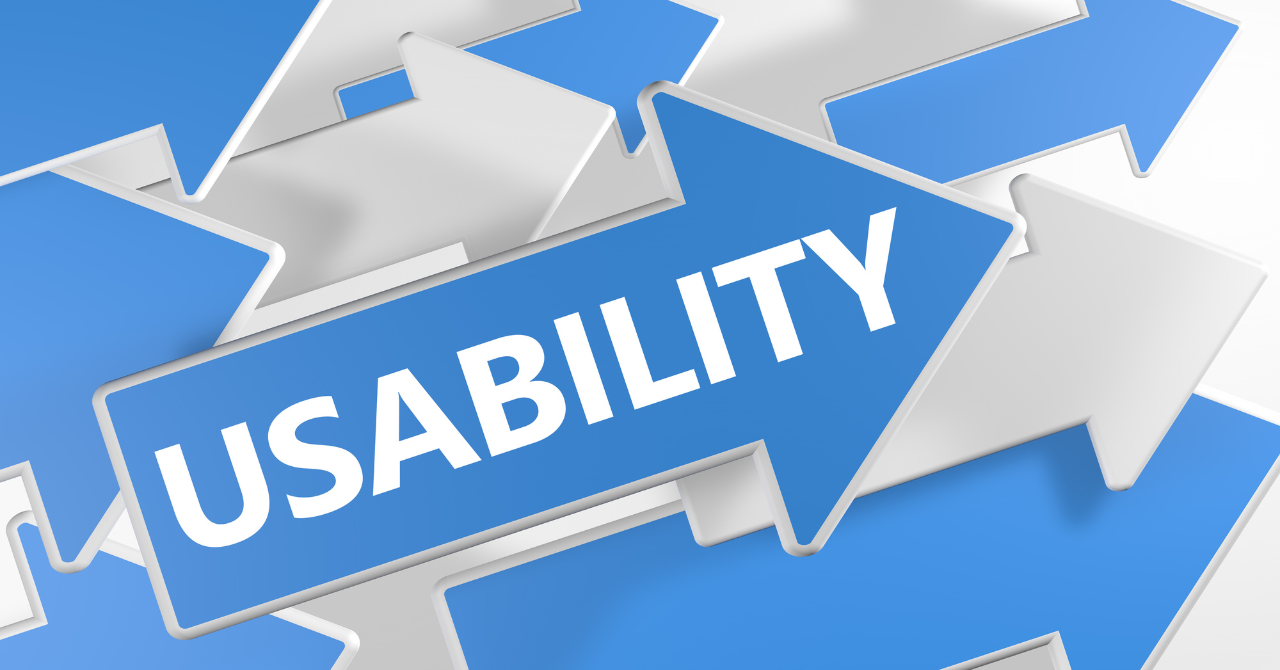Compliance with JIS T 62366-1:2022
By March 31, 2024, medical device companies shall comply with the basic requirements for medical devices by conforming to JIS T 62366-1:2022 “Medical devices – Part 1: Application of usability engineering to medical devices” (IEC 62366-1:2015 + AMD1:2020). Conformity to the usability specified in Articles 9 and 16, etc., of the standard shall be achieved.
Conduct usability engineering to design and develop medical devices that are free from usage errors.
To that end,
- Establish a system to confirm conformity with usability-related matters.
- Take necessary measures such as revision of procedures to comply with IEC 62366-1
- Explanation of conformity with IEC 62366-1 in the accompanying documents for application for approval of medical devices, etc.
- At the time of inspection, the supplier shall present documents and provide appropriate explanation that the design and management of the medical device has been conducted in conformity with IEC 62366-1.
and others are required.
What is Usability?
In general, the term indicates the operability and ease of use of software and other products.
Good (high) usability” is defined as being as easy as possible to operate without getting lost or feeling stressed.
When designing an interface, proper consideration should be given to the display and buttons while considering usability.
Therefore, usability engineering will focus on the interface to implement risk management.
The interface is not only the LCD (liquid crystal display), but includes everything that is perceived by human vision, hearing, and touch.
Examples include instruction manuals, labels, buttons, shapes, colors, alarm sounds, etc.
Safe” medical devices with no use errors
Usability includes “ease of use,” “user satisfaction,” and “appearance,” but what is required in medical device design and development is a “safe” medical device that is error-free in use.
Therefore, usability engineering applied to medical devices is not an evaluation of ease of use, but rather an analytical method for designing safe medical devices free of usage errors.
For example, 100 yen lighters (disposable lighters) are designed to have a heavy knock. This is a safety design to prevent children from playing tricks and causing a fire.
This deliberate making it difficult to use for safety reasons is also a usability feature.
Scope of Usability Engineering
All medical devices are subject to usability engineering.
It should be noted that ME equipment is not the only target.
Class I devices are also not exempt.
As mentioned above, this also applies to interfaces other than software interfaces (instruction manuals, labels, buttons, shapes, colors, alarm sounds). Ancillary materials (instruction manuals, accompanying documents, educational materials, etc.) are also considered part of the interface.


Comment